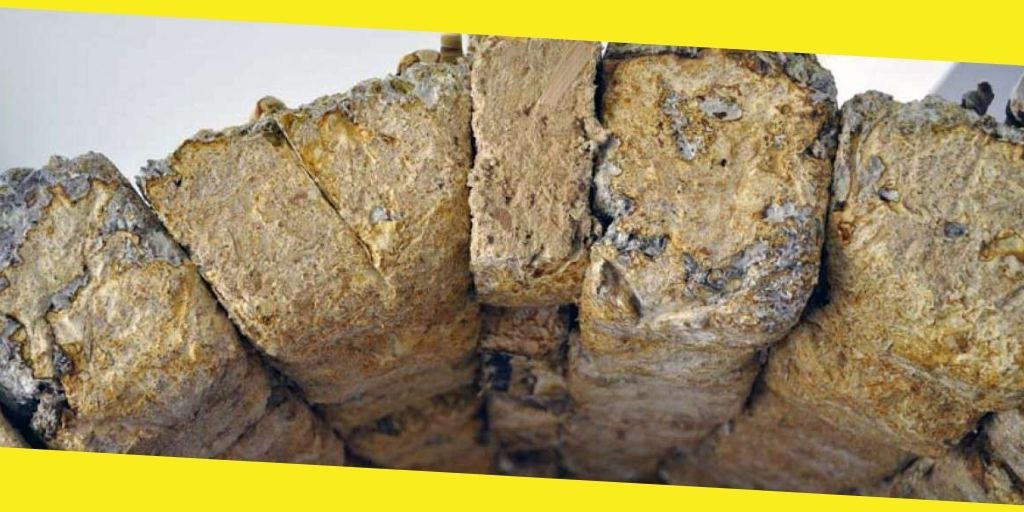Mushrooms Bricks Can Replace Concrete

Technology can be amazing. Just when you think you have seen enough of it, a new shocking thing is discovered. Mucha mayana discoveries are happening in every field, including the building and construction industry. Soon enough, architects might include mushrooms in their building projects. Can you even begin to imagine mushrooms being substitutes for concrete? Most people would doubt it, of course, but architects see that possibility. See, a mushroom is a living organism that can offer sustainable insulation. It is a natural solution that could make a perfect replacement for traditional building materials like cement. Architects are explicitly researching the fungal mycelium and are testing different prototypes of this tissue.
Contents
ToggleWhat do Fungi Do?
The chief role of fungi in nature is decomposing things. Fungi grow on dead and decomposing things. Their work is to break up and recycle these things back to nature. Mushrooms are the flower of a larger organism formed by mycelium. Mycelium, on the other hand, is a vegetative tissue of the fungi. It acts as a medium for nutrients absorption.
How do Mushrooms Even Relate to Building and Construction?
The mycelium technology may have a lot more to offer than you think. Many individuals and companies are already exploring the huge properties of mycelium in building and construction work. In this technological process, mycelium is introduced onto an organic substrate. The mycelium initiates the digestion process and forms a solid mass. Then, they stop the natural activity of mycelium to produce the final product. Other than construction work, experts think that mushroom technology will use insulation, art, and product design.
Why Use Fungi Mycelium?
First, fungal mycelium is biodegradable, and this makes it a recyclable material while cement is not. The mycelium tissue can trap more heat than the fibreglass insulation material. It can fully resist fire and partly resist water and mould; and, it is not poisonous. Moreover, fungi mycelium tissue is stronger than concrete. Depending on the substrate used to form it and its density, a mycelium tissue can be very light when dry.
It seems that it can offer more benefits when used for insulation purposes. As it grows quickly and vastly under most environmental conditions, the mycelium tissue is reliable for producing a user-friendly and low-cost insulation material. Another advantage is that when you place two mycelium blocks on top of each other, the tissue will quickly spread between them and produce a strong bond.
Do Mushroom Bricks Have Disadvantages?
The biggest drawback of mycelium-based bricks is that their ability to resist moisture tends to decrease sooner or later. Hence, these bricks are more prone to mold formation and humidity. This problem can partly be solved by coating. As well, if these bricks never touch the ground, their estimated lifespan is 20 years. As long as they are dried out, they will last longer. However, when in contact with the soil, mycelium bricks begin to decompose and become useless eventually. Changing weather conditions are the worst enemy for these bricks. If weather conditions are stable and bearable, the bricks can last longer and even much longer if coated.
Are you ready for mushroom buildings? Several construction experts are already experimenting with the fungal mycelium tissue. In due course, the mushroom will become a normal construction material, especially for insulating purposes.
Recommended For You
Selling Your House? Do These Renos and Raise the Asking Price!
Most Inside
Most Inside offers high-quality recommendations and valuable updates to enhance all aspects of your life, providing premium guidance and enriching experiences.




